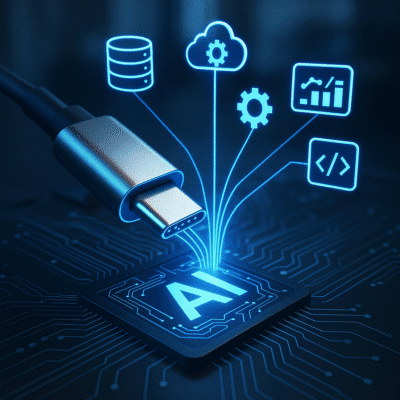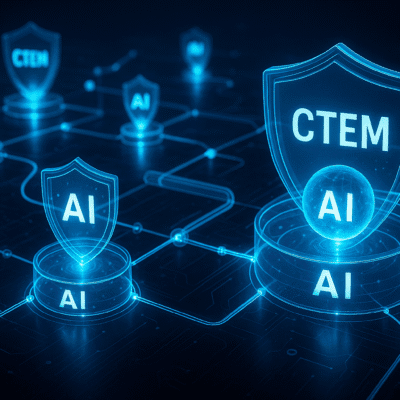Three Questions the Forbes Article Answers
❓ 1. Why does AI still feel clever but clueless?
AI can string sentences together, yet it rarely understands us. Snyder argues that what’s missing is context—the shared history, constraints, and goals humans instinctively weave into every conversation. Without it, machines offer “rhetorical fluency without real comprehension,” leaving responses generic, misaligned, or over-confident.
Implication for leaders: Faster chips or bigger models won’t fix the gap; only a layer that carries context from one interaction to the next will.
⚡ 2. How does Model Context Protocol (MCP) supply that missing layer?
Snyder calls MCP “scaffolding” for intersubjectivity. Think of it as HTTP for intelligence:
| Without MCP | With MCP |
|---|---|
| Stateless prompts; model forgets who you are. | Structured snapshot of user, goals, permissions, environment. |
| Follow-up questions, app-hopping, friction. | One request → system books the flight, approves the spend, or flags fraud—no back-and-forth. |
| Hard to audit why AI acted. | Context travels with the request, making actions traceable. |
By giving AI continuity, boundaries, and identity, MCP turns pattern-recognizers into goal-driven collaborators that can act “in our world, on our behalf, without spinning into chaos.”
🚀 3. What happens when interfaces vanish and context chooses for us?
- Apps shrink into invisible APIs. You won’t open Lyft; you’ll say “Get me a ride,” and the system picks the best option based on cost, loyalty points, schedule, and past behavior.
- Brands fight to be machine-readable. When AI agents select products, visibility depends on whether your value is encoded in the context layer. “Marketing becomes metadata,” Snyder warns.
- BCI future raises the stakes. As thought-driven interfaces emerge, there’s no screen or prompt to correct misunderstandings. The system must know your preferences, rules, and consent before acting.
CIO playbook:
| ✅ Do | 🛑 Don’t |
|---|---|
| Design products and policies for context compatibility—structured data, clear permissions, portable preferences. | Assume better prompts or bigger models alone will keep you competitive. |
| Treat MCP-style context as a governance layer, embedding transparency and auditability from day one. | Bolt on context later; retrofits breed fragility and risk. |
| Build brand presence where decisions are made—inside AI fulfillment engines. | Focus only on front-end UX; screens are disappearing. |
The bottom line
Code once told machines what to do. Context now tells them why and for whom. Master that layer—or risk becoming invisible in a world where AI acts first and asks no follow-up questions.





